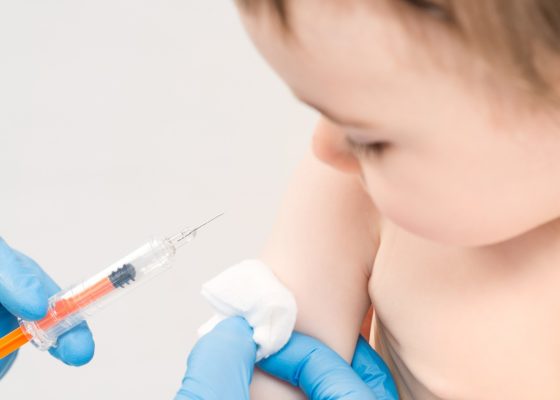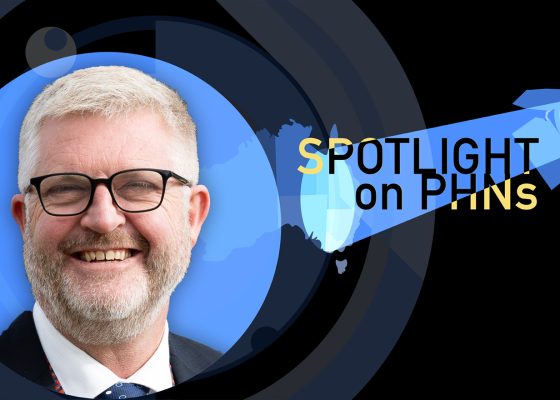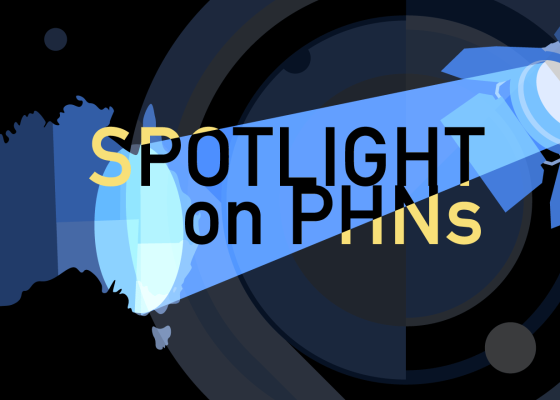Gold Coast PHN CEO Matt Carrodus explains how they provide health solutions for their diverse and sometimes transient population.
In our regular Spotlight on PHNs series, we’re talking to Gold Coast PHNs CEO Matt Carrodus. This rapidly growing area is a glamourous holiday spot for many but also faces several health challenges.
He explains how the diverse population of older adults, CALD, homeless and sometimes transient communities all need different health solutions built from the ground up.
Q: How would you describe the biggest health challenges in your region right now? What makes your catchment unique?
The Gold Coast is a rapidly growing and diverse region with unique health challenges. Our population includes a high proportion of older adults, a significant number of people experiencing homelessness, and culturally and linguistically diverse communities. Mental health and chronic disease management are two key challenges. The transient nature of a proportion of our population, including seasonal workers and tourists, adds further complexity to service delivery.
Q: What are your top strategic priorities over the next 12 months?
Our priorities include strengthening preventative health, including immunisation and cancer screening rates, early intervention programs, cardiovascular disease, mental health and suicide prevention services, enhancing access to primary care – especially in areas of workforce shortage – and improving health equity for Aboriginal and Torres Strait Islander Peoples and other vulnerable populations. Essentially those most at risk of poor outcomes that might be slipping through the gaps. We’re also focused on building system integration and digital health capabilities to ensure people experience seamless, coordinated care.

Q: Are there any standout programs or initiatives your PHN has launched recently that reflect your local context?
Yes. We’ve driven or assisted in the creation of several programs over the past 12 months or so. Initiatives like Wellbeing Wednesdays, which promotes community connection and mental wellness on the southern Gold Coast, and Mungulli Yarn and Walk, which blends culture, connection and early intervention for Aboriginal and Torres Strait Islander Peoples, are prime examples.
We also have several recently implemented programs that empower older people to remain active and independent with tailored support from allied health professionals. Another recent initiative, arising from the Gold Coast Joint Regional Needs Assessment 2024-2026 (JRNA) is a home detox service to help people safely and discreetly withdraw from alcohol or cannabis.
Related
Q: How are you supporting the local primary care workforce, especially in the face of GP shortages or burnout?
Addressing burnout and retention is critical, so we work closely with key stakeholders to co-design solutions that reduce administrative burden and promote multidisciplinary team care.
We’re investing in local workforce development through targeted training, professional development, and networking opportunities, such as our regular Primary Care education and training sessions, which cover priority health areas and emerging clinical challenges.
We also offer wellbeing initiatives through Practice Manager peer support groups and clinician resilience workshops designed to foster connection, provide education and information sharing on sector development and peer networking. Moreover, they are also designed to help reduce burnout among primary care professionals.
Building Resilience and Wellbeing – Thriving Through the Pressures of Healthcare is one such activity scheduled for later this month.
To support practices with quality improvement, we also provide access to Primary Sense, our data and decision-support tool that helps GPs manage complex care more effectively and proactively.

Q: How do you use data/technology to identify needs and measure impact across your region?
We use multiple data sources, from hospital admission data facilitated through our state government partnership with Queensland Health, to general practice-level insights to identify gaps, track trends, and inform commissioning decisions. Our population health dashboards and Primary Sense help our general practices and providers deliver better, more proactive care.
Importantly, evaluation and outcomes measurement are built into every program we commission. A very close relationship with Gold Coast Health also helps us maintain high level cross-agency collaboration.
Q: Is there a local health issue or population group you think deserves more national attention?
The scale and impact of mental health issues, particularly among young people and those experiencing homelessness, could always do with more national attention. So too does the growing complexity of care needs in our older population, especially those living alone or with early cognitive decline. Addressing these issues requires cross-sector collaboration and sustainable long-term investment.
Q: If you had one message for policymakers about PHN impact, what would it be?
PHNs are uniquely placed to connect local services, identify emerging needs early, and commission targeted solutions. We are the ‘missing middle’ connector, bridging community, primary, and tertiary care. Continued investment in PHNs is essential to create a more equitable, responsive, and person-centred health system.
Q: Anything else you’d like to add?
Our strength lies in partnership with general practice, allied health, community organisations, and consumers. We’re proud of how the Gold Coast region comes together to find local solutions to complex health issues. With the right support, PHNs can continue to play a transformative role in improving health outcomes across Australia.




